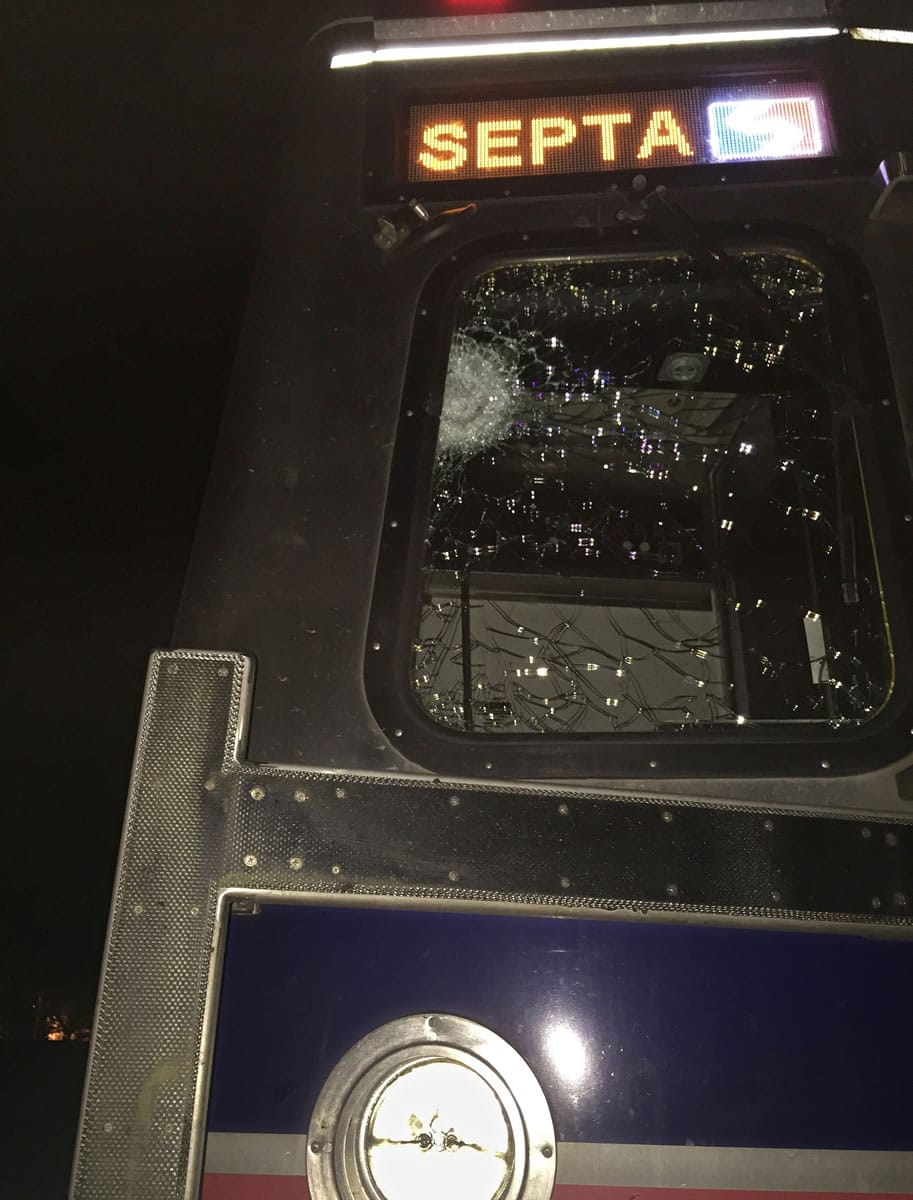PHILADELPHIA — The Amtrak train that derailed along the nation’s busiest tracks may have been struck by an object in the moments before it crashed, investigators said Friday, raising new questions about the deadly accident.
National Transportation Safety Board member Robert Sumwalt said an assistant conductor aboard the train told investigators that she heard Amtrak engineer Brandon Bostian talking over the radio with an engineer for a regional railroad just before the crash.
The regional engineer, who was in the same area as the Amtrak train, said his train had been hit by a rock or some other projectile. The conductor heard Bostian say the same had happened to his Amtrak train, according to Sumwalt.
The windshield of the Amtrak train was shattered in the accident, but one area of glass had a breakage pattern that could be consistent with being hit by an object, he said, and the FBI is investigating.
Sumwalt declined to speculate about the exact significance of a projectile striking the train, but the idea raised the possibility that the engineer might have been distracted, panicked or even wounded in the moments before the train left the rails.
The Southeastern Pennsylvania Transportation Authority does not yet know what caused the damage to its train that night, said Jerri Williams, a spokeswoman for the agency.
SEPTA trains traveling through the area — including one of the poorest and most violent parts of Philadelphia — have had projectiles thrown at them in the past, whether by vandals or teenagers, she said. It was unusual that the SEPTA train was forced to stop Tuesday night.
Not long before the derailment, two passengers on a southbound Amtrak told The Philadelphia Inquirer that something shattered a window on their train as it passed through the same area. They said Amtrak police boarded the train at 30th Street Station in Philadelphia to document the damage. Amtrak has not commented on the report.
NTSB spokesman Peter Knudson said the board was seeking more information about the other Amtrak train’s window damage.
Despite the train industry’s use of electronic signals, sensors and warning systems, safety still sometimes comes down to the knowledge and experience of the engineer at the controls.
Those skills would have been critical on the curve where the New York-bound train derailed, killing eight and injuring more than 200 in the deadliest U.S. train accident in nearly six years.
Instead of high-tech signals or automatic controls, engineers on that stretch of track have to rely on their familiarity with the route and a printed timetable they carry with them, not unlike engineers a century ago.
The engineer, who had been working that route for several weeks, told investigators that he does not recall anything after ringing the train’s bell as he passed by the North Philadelphia station a couple of minutes before Tuesday night’s crash.
The engineer told the NTSB in an interview Friday that he felt comfortable with the train and was not fatigued, Sumwalt said.
In the minute before the derailment, the Amtrak train accelerated from 70 mph to more than 100 mph, even though the curve where it came off the tracks has a maximum speed of 50 mph.
It’s not clear whether Bostian manually accelerated, Sumwalt said, though a data recorder shows that he did engage a braking system seconds before the crash.




